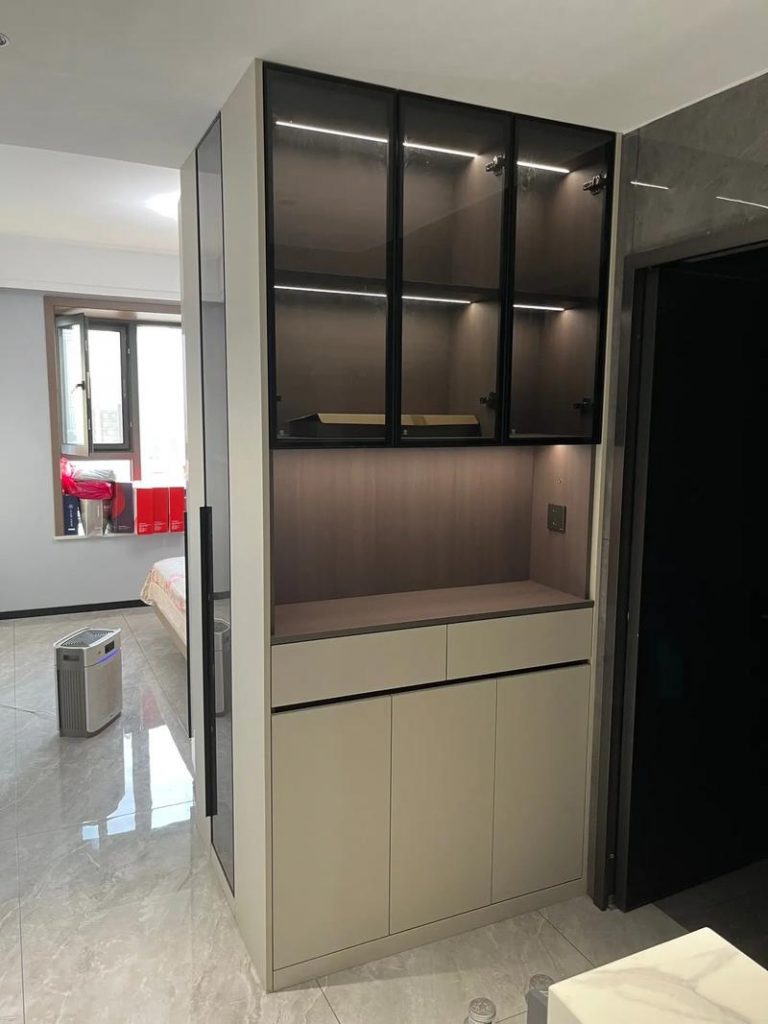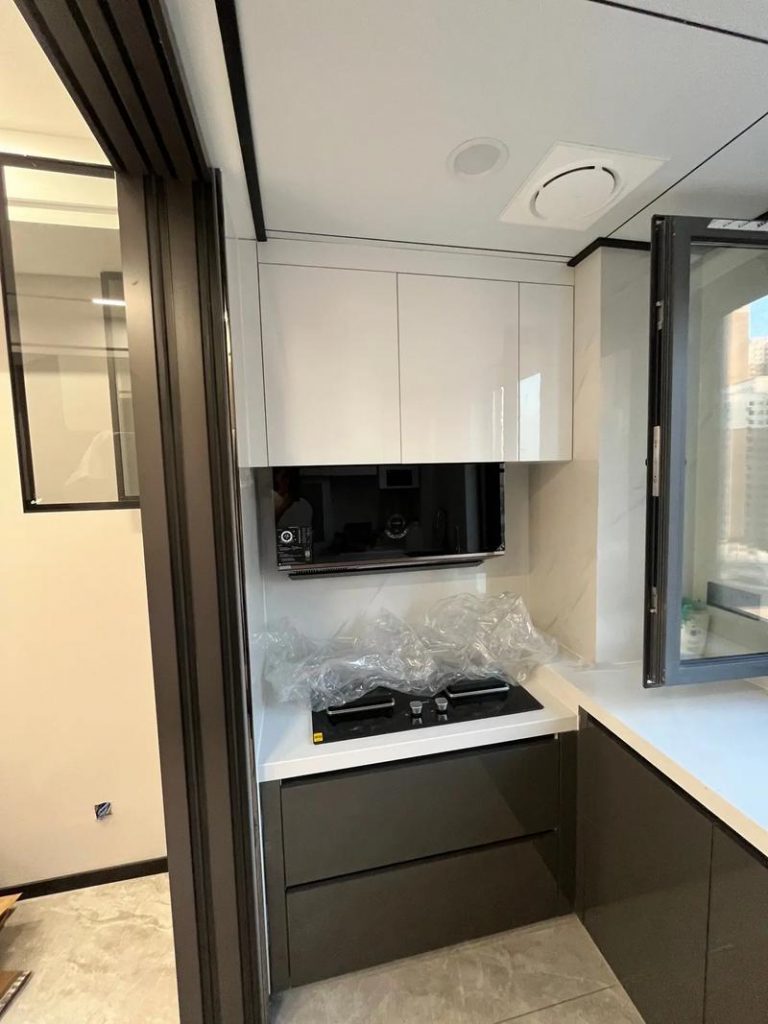The United States is the largest furniture market in the world, driven by demand for durable, stylish, and innovative products that cater to diverse consumer preferences. For global manufacturers and retailers seeking to enter or expand in this competitive landscape, partnering with reliable US market furniture suppliers is critical to success. This article highlights the advantages of sourcing from US-based suppliers, key considerations for compliance and quality, and actionable strategies to optimize your supply chain.
—
Why Source Furniture from US-Based Suppliers?
1. Market Expertise
US furniture suppliers understand local consumer trends, design preferences, and regulatory requirements. They often specialize in styles such as transitional, contemporary, or farmhouse, ensuring products align with American tastes.
2. Quality and Innovation
American manufacturers prioritize precision engineering, high-quality materials (e.g., solid hardwood, FSC-certified wood), and cutting-edge finishes. Many suppliers integrate smart technology, modular designs, and eco-friendly practices into their offerings.
3. Streamlined Logistics
Proximity to major distribution hubs like Chicago, Dallas, and Los Angeles simplifies shipping and reduces lead times for North American markets. Local suppliers also offer flexible Incoterms (e.g., FOB, DDP) to streamline cross-border transactions.
4. Regulatory Compliance
US-based suppliers are well-versed in federal and state regulations, including CARB Phase 2 (formaldehyde emissions), FAS 100 (wood grading), and CPSIA (children’s product safety), minimizing customs risks.
—
Key Considerations When Choosing US Furniture Suppliers
1. Verify Certifications and Compliance
– Industry Standards: Look for certifications like CARB, GREENGUARD, or Cradle to Cradle to ensure sustainability and safety.
– Trade Compliance: Confirm adherence to US Customs and Border Protection (CBP) requirements, including proper labeling and documentation (e.g., country of origin).
2. Evaluate Production Capabilities
– Material Flexibility: Assess whether suppliers can source materials like reclaimed wood, non-toxic finishes, or recycled metals to meet niche market demands.
– Scalability: Ensure factories can handle bulk orders while accommodating customizations (e.g., upholstery upgrades, modular assembly).
3. Prioritize Communication and Transparency
– Bilingual Support: Confirm availability of English-speaking teams to clarify design specifications, timelines, and contractual terms.
– Prototyping: Request samples to evaluate craftsmanship, durability, and compliance with ANSI/BIFMA standards for office furniture.
4. Sustainability Practices
– Circular Design: Partner with suppliers offering take-back programs, repairable designs, or biodegradable packaging.
– Eco-Certifications: Prioritize suppliers with FSC, PEFC, or Cradle to Cradle certifications to appeal to environmentally conscious buyers.
—
Emerging Trends in US Furniture Manufacturing
1. Smart Furniture Integration
Demand for IoT-enabled furniture with app-controlled lighting, wireless charging, or voice assistant compatibility is rising. Suppliers are investing in R&D to merge tech with traditional design.
2. Sustainable Material Innovation
Factories are adopting materials like cork, hemp-based upholstery, and mycelium composites to reduce environmental impact and meet California’s SB 1383 composting mandates.
3. Rise of Direct-to-Consumer (DTC) Models
Brands are partnering with US suppliers for small-batch production to support DTC e-commerce, emphasizing fast turnaround and customization.
4. Resilient Design
Post-pandemic, there’s a focus on multifunctional furniture (e.g., murphy beds, nesting tables) and durable materials that withstand home-office hybrid lifestyles.
—
Building Strong Partnerships with US Suppliers
Trust and collaboration are essential for long-term success. Strengthen relationships by:
– Conducting Factory Audits: Inspect facilities for quality control, worker safety, and sustainability practices.
– Leveraging Technology: Use cloud-based platforms for real-time order tracking, design approvals, and progress updates.
– Negotiating Contracts: Include clauses for bulk discounts, defect rates, and penalties for delayed shipments.
—
Practical Tips for Entering the US Market
– Start Small: Test quality with a trial order before committing to large volumes.
– Understand Tariffs and Trade Policies: Monitor updates on Section 232 tariffs or USMCA agreements to optimize costs.
– Plan Logistics Early: Coordinate with suppliers on shipping terms (e.g., FOB, DAP) and packaging to avoid delays.
—
Final Thoughts
US market furniture suppliers offer unparalleled expertise in blending quality, innovation, and compliance to meet domestic and global consumer expectations. By prioritizing certifications, sustainability, and strategic communication, businesses can navigate challenges and build partnerships that drive growth. As the industry evolves toward smart, circular, and resilient designs, staying informed about trends and regulations will ensure long-term competitiveness.
Article link:https://www.vlefooena.com/manufacturer/4348/




No reply content